How to bleed a radiator – experts share 4 simple, speedy steps to follow
It's one of the quickest ways to make radiators more efficient
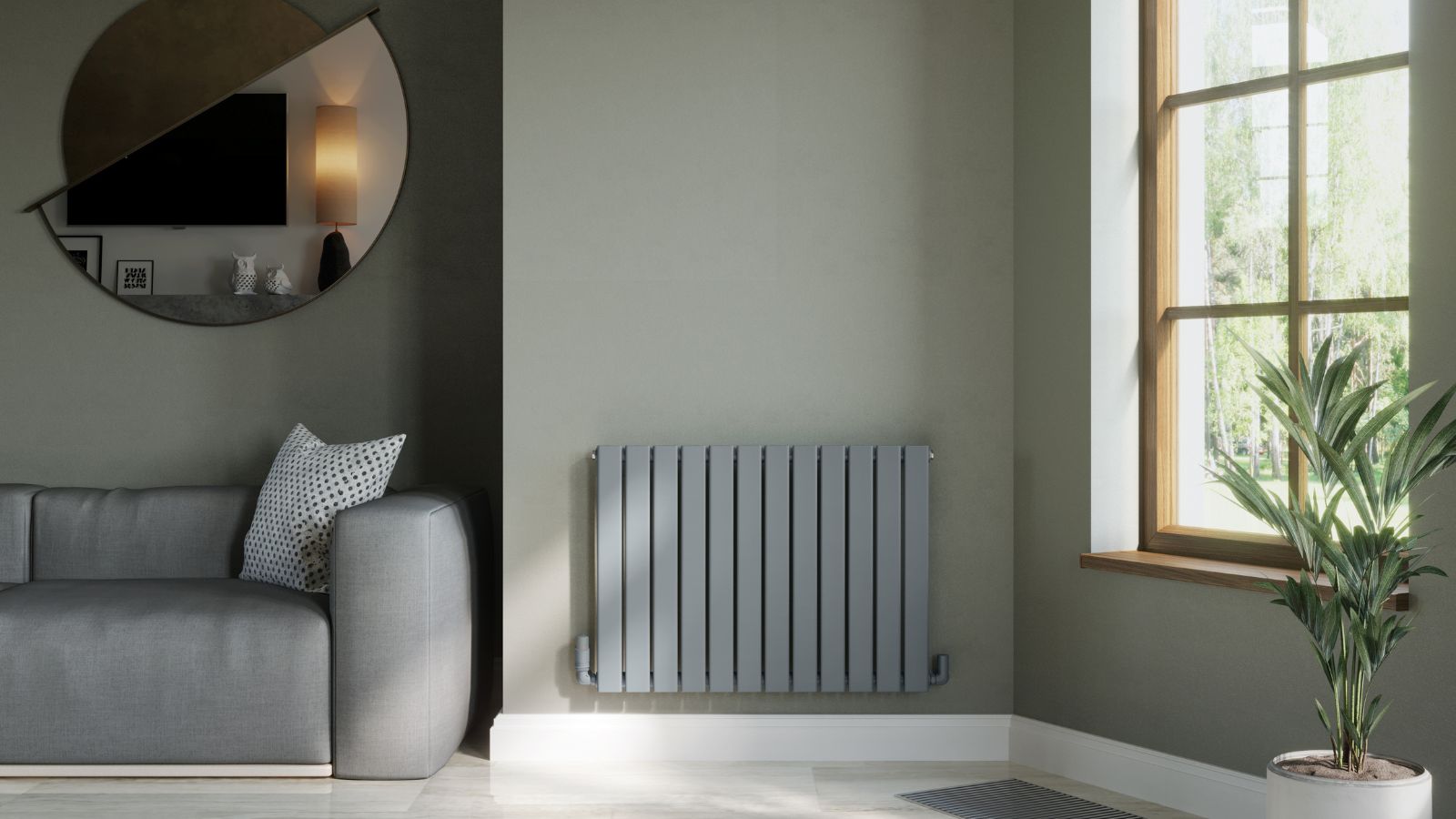

Bleeding your radiators might sound like a daunting and slightly morbid task, but it is a simple trick to help boost their efficiency and prevent hot and cold spots throughout your home.
'Bleeding' a radiator is the process of letting any air out of the system to allow water to flow more freely, making your radiators hotter and reducing energy waste.
Here, HVAC pros share their top tips for getting the job done, with step-by-step instructions, so you can keep your house warm without turning up the heat, and stay comfortable all season long.
How to bleed a radiator
Before bleeding a radiator to make heating more efficient, you will need:
- A radiator key, such as a radiator tool from Amazon, or a flathead screwdriver, from Walmart, depending on your radiator.
- A cup to catch water. Disposable paper cups, from Walmart, are a good option to avoid muddying your drinking cups.
- A microfiber cloth, from Walmart, or a paper towel, to wipe away any drips
Step 1: Turn off the heating
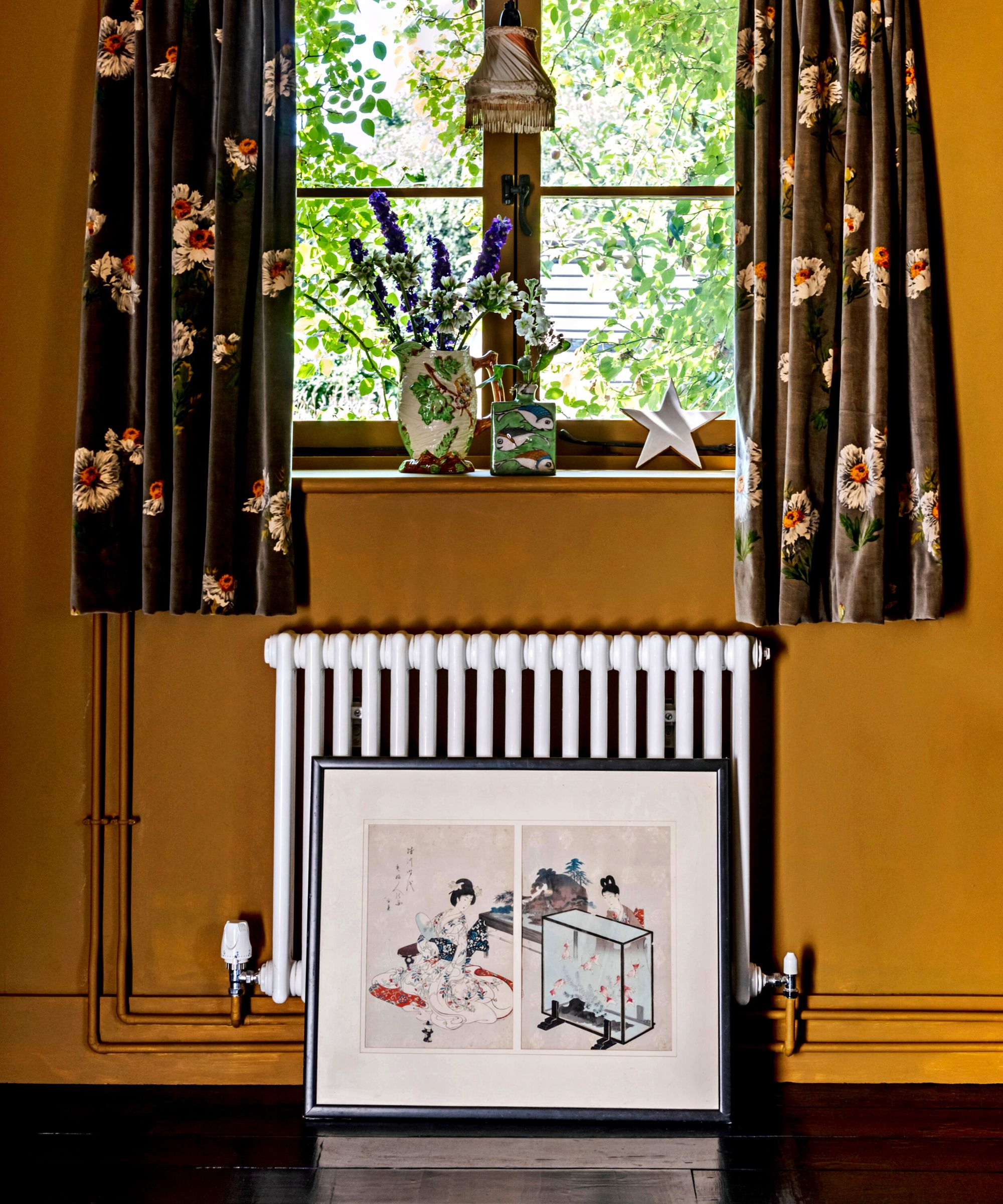
First things first, turn off your heating and allow the system to cool down completely. This will prevent hot water from spraying out while you bleed the radiator, mitigating the risk of burns, advises Justin Cornforth, CEO and HVAC expert at Ace Home Co.
Before you start, you want the radiators to be completely cold to the touch.
Step 2: Locate the bleed valve on the radiator
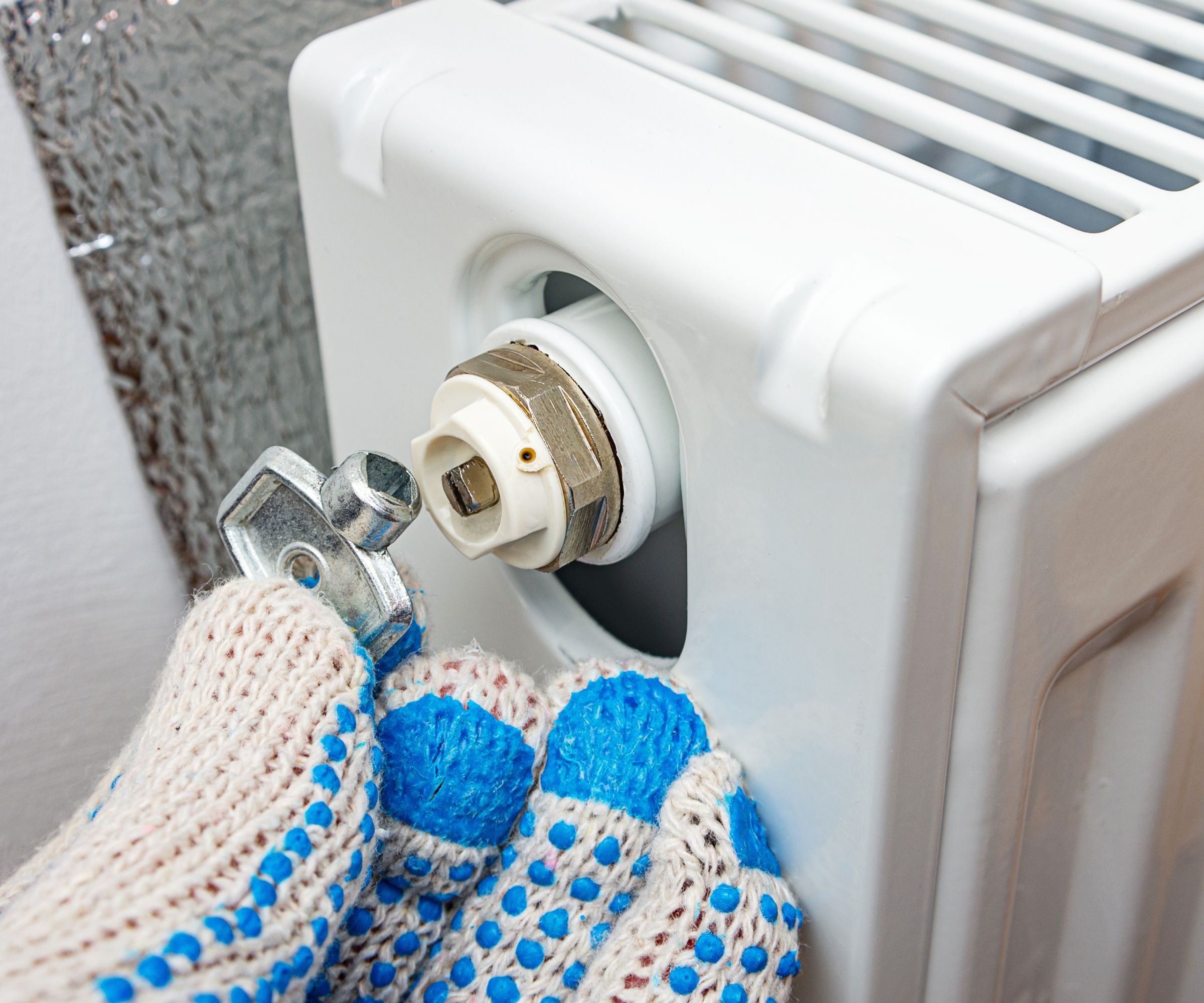
Then, you'll need to locate the bleed valve on the radiator. Geno Caccia, CEO of Caccia Plumbing explains, 'Typically this is a small square or slotted screw at the top of the radiator, located on one end.'
When painting radiators, you should never paint over this, as it can block the mechanism, making it hard (or even impossible) to bleed radiators in the future.
Step 3: Turn the valve counterclockwise
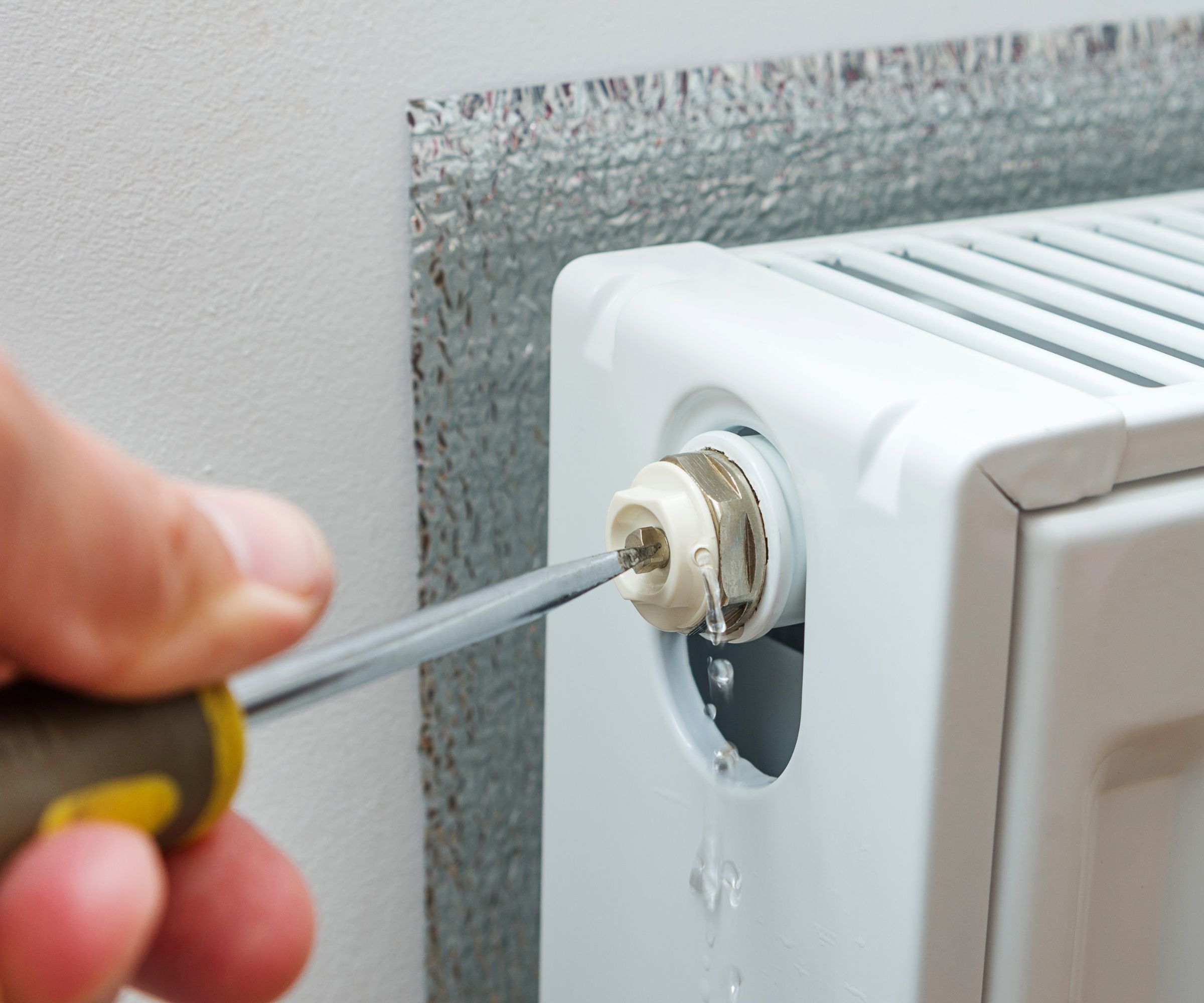
Once located, get your cup ready to catch any drips. You will often find a small metal or plastic nub sticking out the side of the screw, this is the outlet for air and water. Position this by turning it with your fingers so that it faces downwards, and hold the cup beneath it.
Then, using a radiator key, or flathead screwdriver such as the CRAFTSMAN CMHT65026 CFT SD ACETATE available at Amazon for newer models, slowly turn the valve counterclockwise.
Plumbing expert Geno advises, 'If you hear a hissing sound as air escapes, you have done this correctly.'
You know you have successfully bled the radiator when the sound of air is replaced with a small trickle of water. When water emerges, turn the screw clockwise again to tighten it up. It is important to ensure it is hand-tight to prevent slow leaks.
You can then pour any water you collected in your cup down a drain.
All prices correct at time of publication.
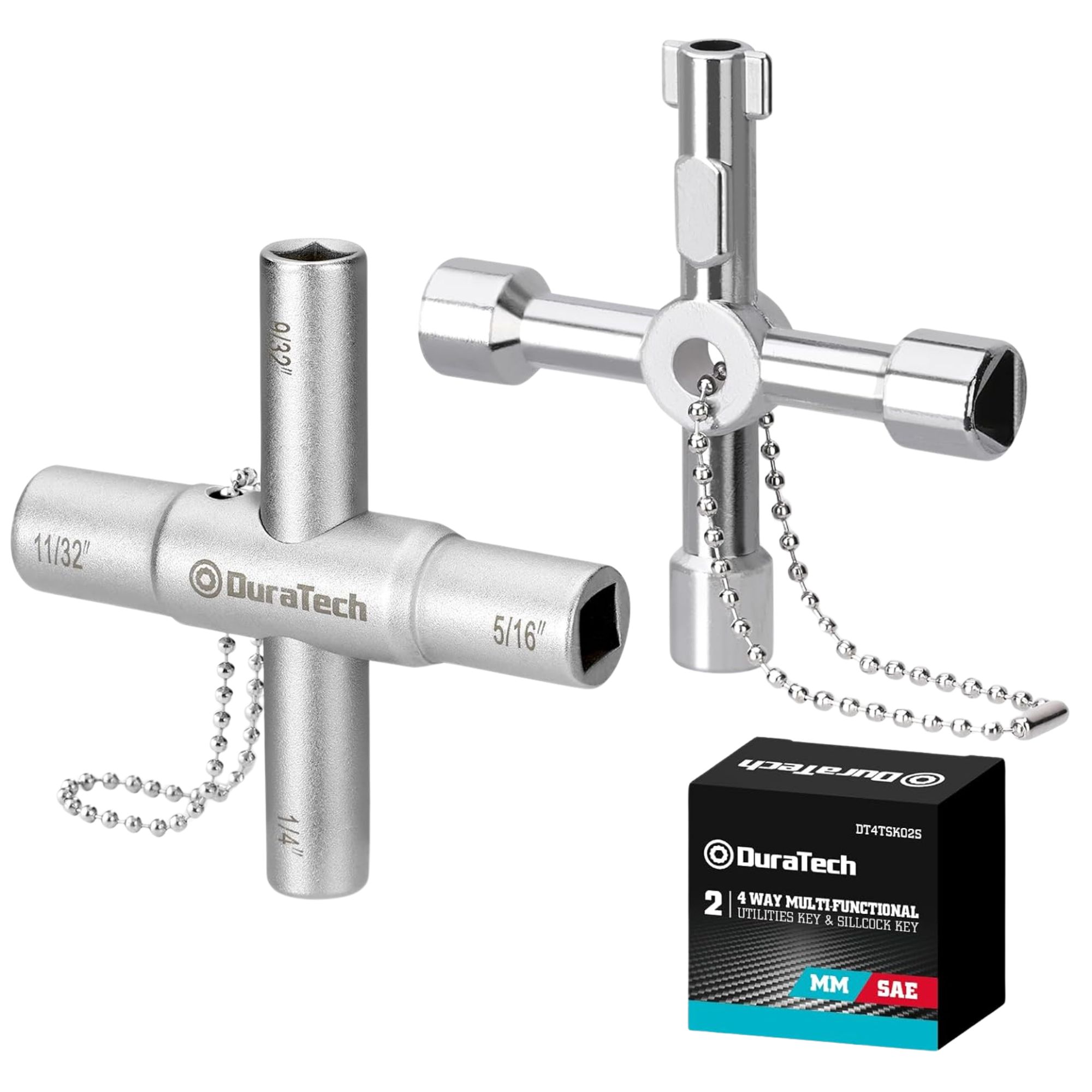
These four-way, multi-functional radiator bleeding tools are made of high-quality steel, with customers rating them highly for their ease of use, size, and value for money.
Step 4: Check the boiler pressure
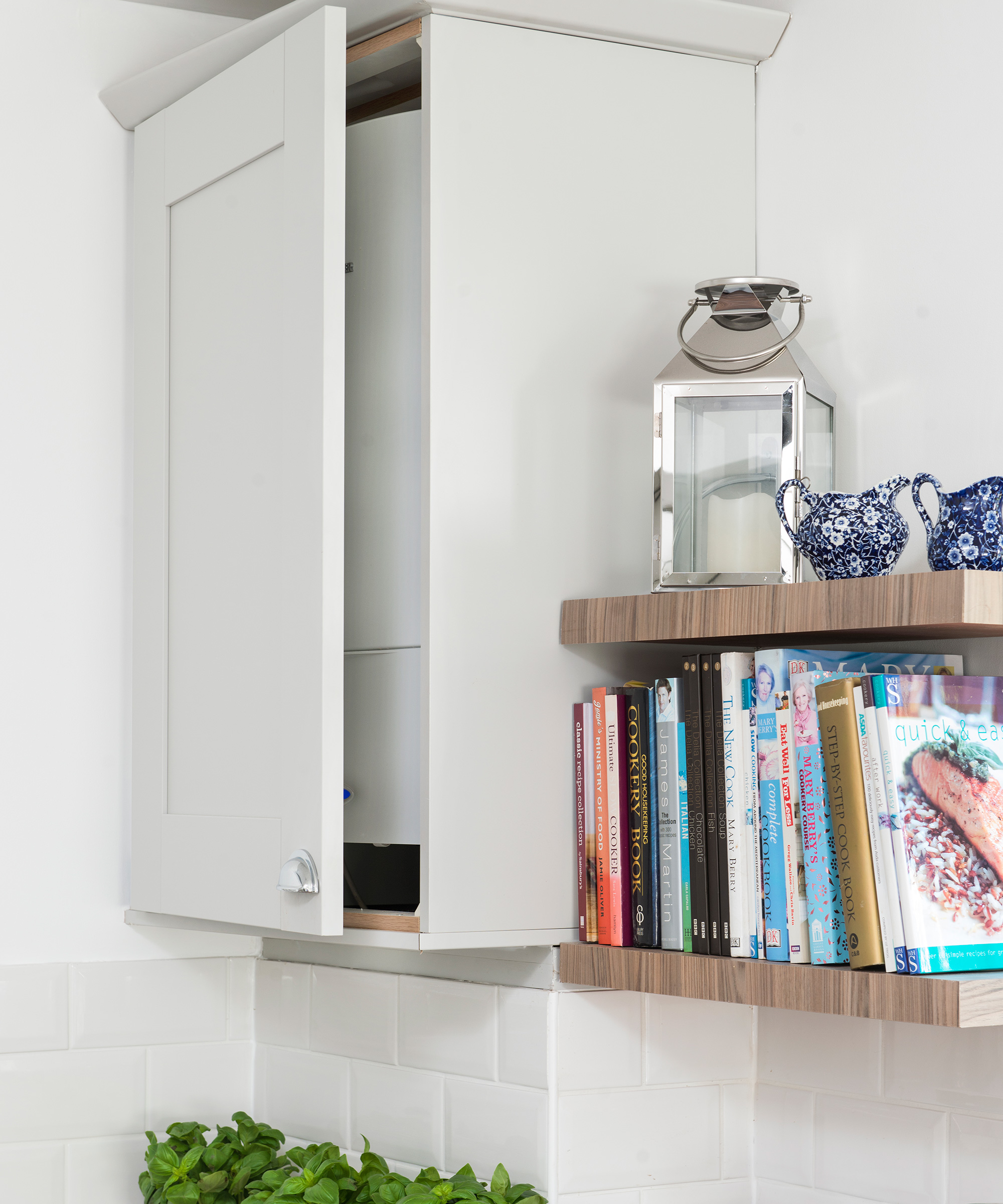
HVAC expert Justin warns that this is an oft-skipped step, but highlights the importance of checking your boiler pressure.
He explains, 'In some cases, it can drop below one bar, and needs adjustment by topping it up using the filling loop. The filling loop is a silver hose under the boiler, and has one or two valves.'
Once the pressure gauge reaches 1-1.5 bar, and water starts dripping out instead of air, turn the valve clockwise to close it.
Plumbing expert Geno adds, 'Once the radiator valve is closed, check the boiler pressure and top it up if needed. This will keep the system balanced,' and should avoid making your heating system work harder, too.
If you're unsure how to read your boiler, the green energy experts at 100Green suggest referring to your manual to understand what your dial, or digital display, numbers mean, saying, 'If you're finding your boilers' pressure gauge is sitting within a 'red zone' this means your pressure is either too high or too low.'
Why you need to bleed radiators
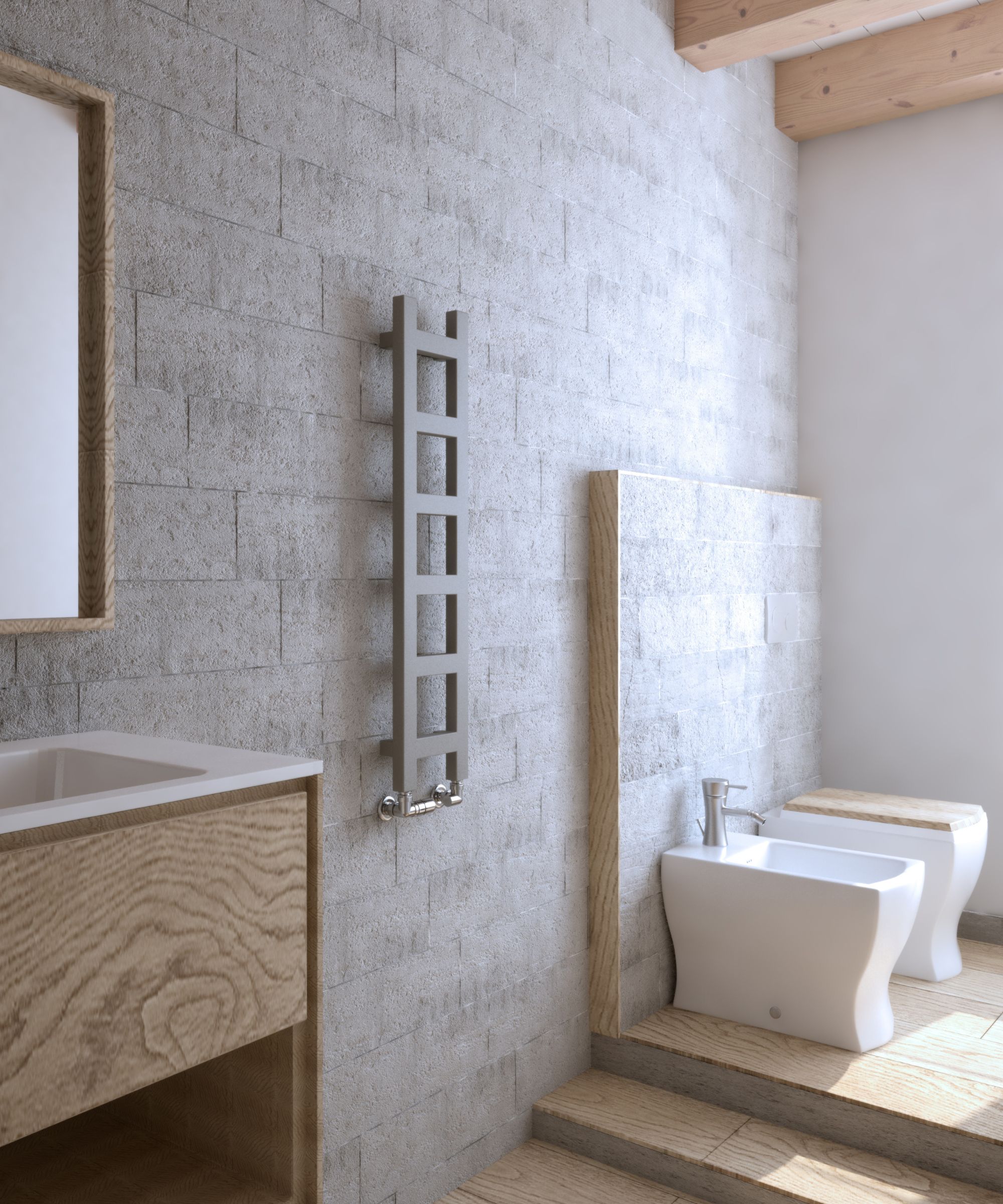
Generally, radiators need bleeding if your house is heating unevenly.
Geno Caccia, master plumber, explains, 'Radiators typically require bleeding when trapped air prevents hot air from properly circulating. This eventually leads to cold spots and uneven heating,' and may be the reason why your house is so cold even with heating.
You should aim to bleed your radiators once a year, ideally before winter, advises Geno, but there are other signs you might notice that indicate the presence of a common heating problem you can repair yourself.
Justin Cornforth, says, 'To know if you need to bleed your radiator, feel the radiator. If it's warm at the bottom but cold at the top, then you need to bleed it. That means there's air trapped inside preventing hot water from circulating properly.'
You might also hear gurgling, bubbling, or whistling sounds, suggesting trapped air. But, as Justin points out, if your whole radiator is cold, the noises don't go away after bleeding, or you have to keep bleeding your radiators all the time, then there is probably a bigger issue at hand, and it's time to call the pros.
For example, the green energy experts at 100Green, add, 'If you've recently bled your radiator and find that it's still making strange noises, you may be looking at limescale build-up – especially if you live in a hard water area. If this is the case, a plumber can help flush the limescale out of your heating system, or installing a water softener in your home can be a solution for this particular problem.'
FAQs
Can you bleed a radiator with the heating on?
Tempting as it may be to avoid the faff of turning your heating off and back on again, you should always turn off your central heating before bleeding your radiator.
'If any water leaks out when opening the valve, you'll want this to be cool,' says the experts at 100Green. 'Don't risk heated water spilling out.'
Why does the pressure on my boiler drop?
As the experts at 100Green highlight, your boiler's pressure can drop for a number of reasons, such as common water heater problems like a leak inside the boiler or central heating. 'For these issues, you'll have to contact a professional to find any leaks and either fix or replace parts,' they explain.
And, if you've recently bled your radiators, this can also cause a drop in your boiler's pressure, meaning you will have to repressurize your system.
'However, the cold weather can also cause your boiler's pressure to drop,' the experts continue. 'This could simple be because your boiler is working harder to maintain a good temperature during the colder months or because your thermostat is measuring incorrectly due to exposure to frozen temperatures,' particularly if you've neglected to winterize your home plumbing indoors.
'You may also find that your boiler’s condensate pipe is frozen, which can cause your boiler’s pressure to drop as a safety measure.
Once you've mastered how to bleed a radiator, it might be necessary to learn how to drain a radiator, too. This is another essential maintenance task that should be carried out periodically, which will also help to cut your energy bills.
Sign up to the Homes & Gardens newsletter
Design expertise in your inbox – from inspiring decorating ideas and beautiful celebrity homes to practical gardening advice and shopping round-ups.

Ottilie joined Homes & Gardens last year, after finishing a Master's in Magazine Journalism at City, University of London. With previous contributions in Livingetc and Motorsport Magazine, she produces content for the Solved section on the website, focusing on clever tips and tricks to keep your home beautiful, organized and clean. She also has an undergraduate degree in English Literature and History of Art from the University of Edinburgh, where she developed a love for inspiring interiors and architecture.
You must confirm your public display name before commenting
Please logout and then login again, you will then be prompted to enter your display name.
-
 Martha Stewart's intelligent cabinets 'take every inch into consideration' – their 'visually light' style will solve your small kitchen storage problems
Martha Stewart's intelligent cabinets 'take every inch into consideration' – their 'visually light' style will solve your small kitchen storage problems'Every kitchen can be beautiful and functional, no matter what the size': 9 years since sharing her clever storage, Martha's cabinets are just as beautiful
By Megan Slack Published
-
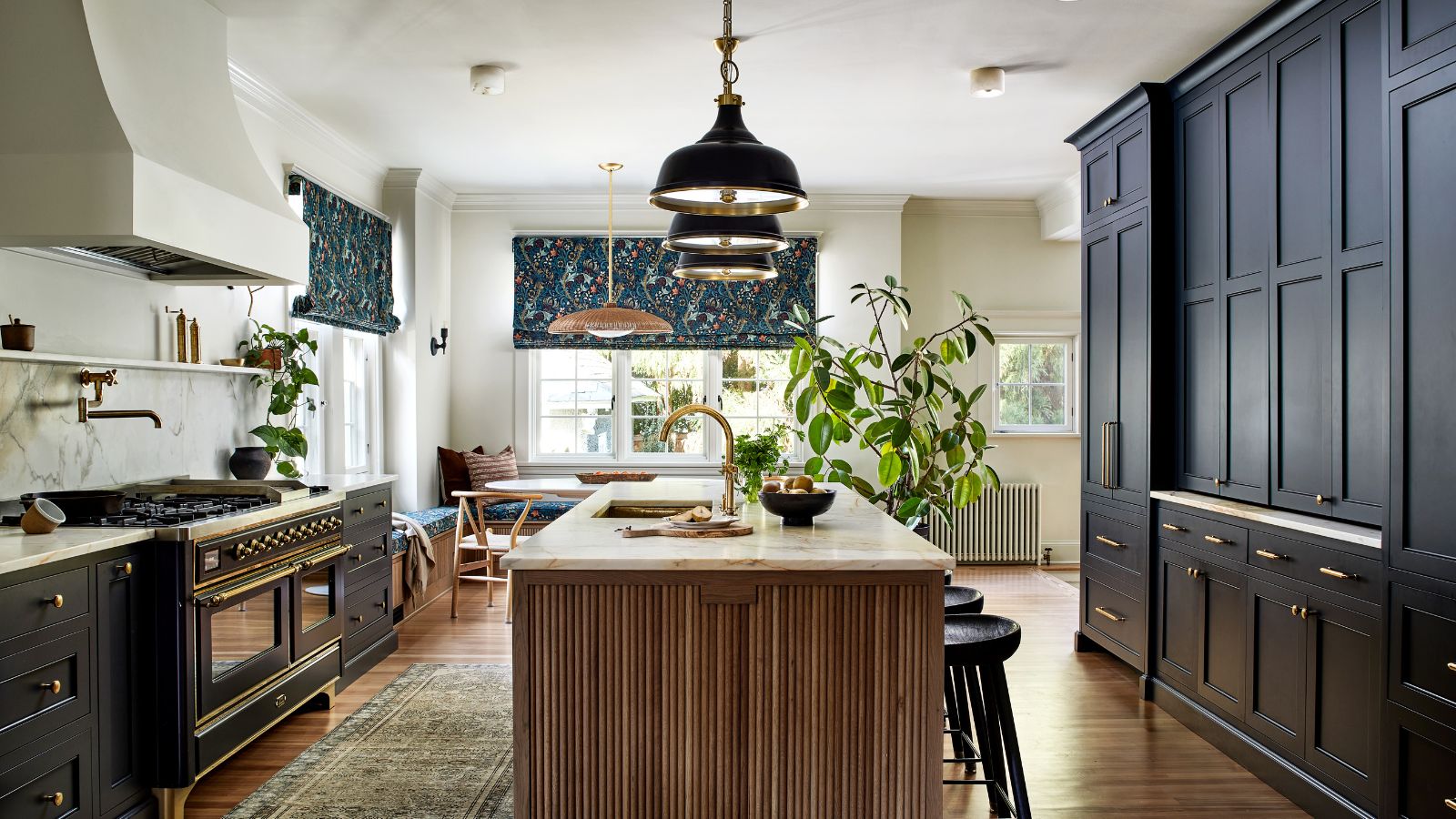 This once-dated kitchen is now a timeless space with the coziest details – and its the classic color palette that's made it a chic, welcoming space
This once-dated kitchen is now a timeless space with the coziest details – and its the classic color palette that's made it a chic, welcoming spaceWarming colors and natural materials combine to create this enduringly classic kitchen scheme
By Molly Malsom Published
-
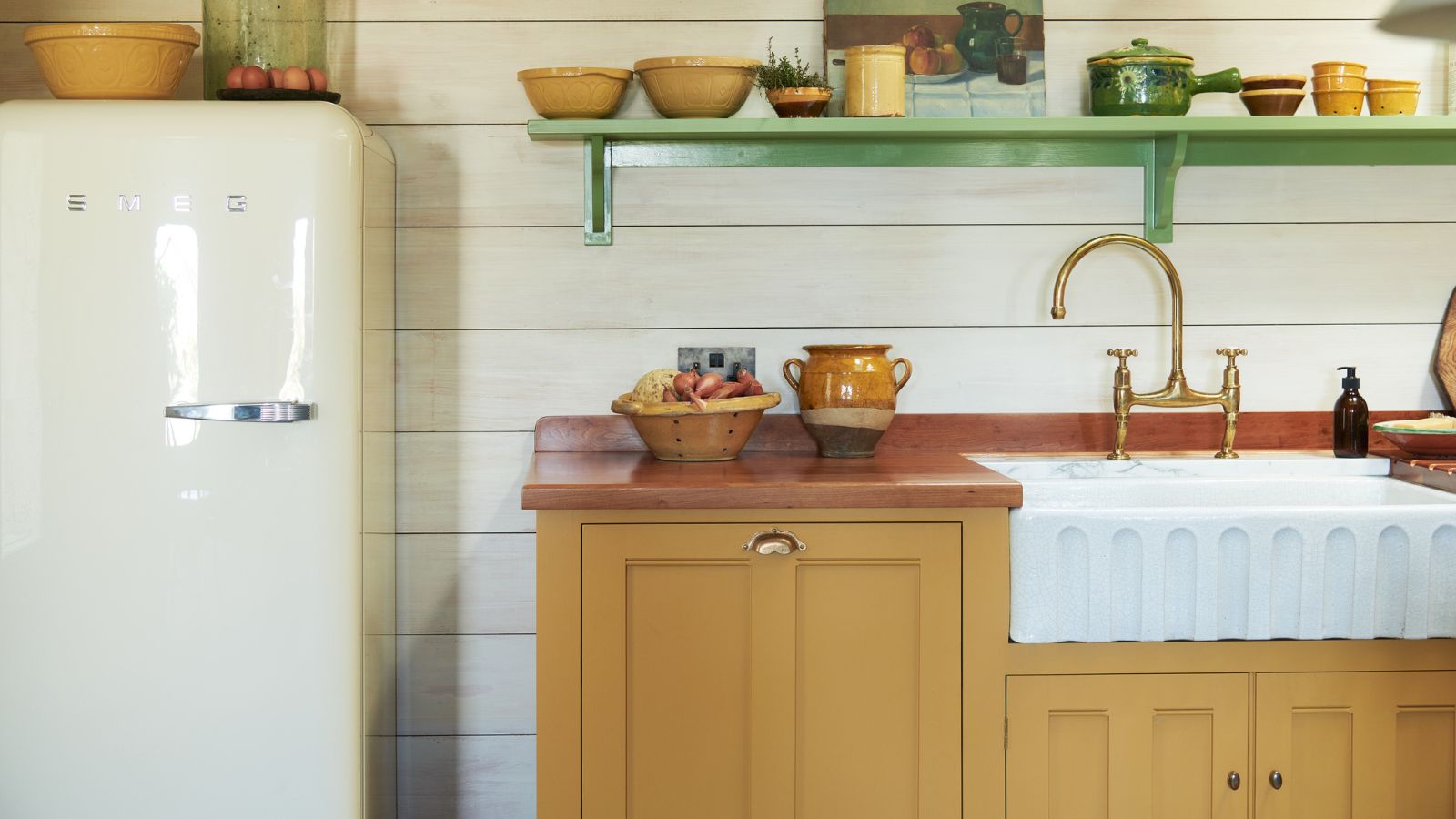 The 5 worst things you can do to your fridge – these will drive up energy costs and result in pricey and regrettable repairs
The 5 worst things you can do to your fridge – these will drive up energy costs and result in pricey and regrettable repairsIt's crucial to swerve these blunders, appliance experts warn
By Ottilie Blackhall Published
-
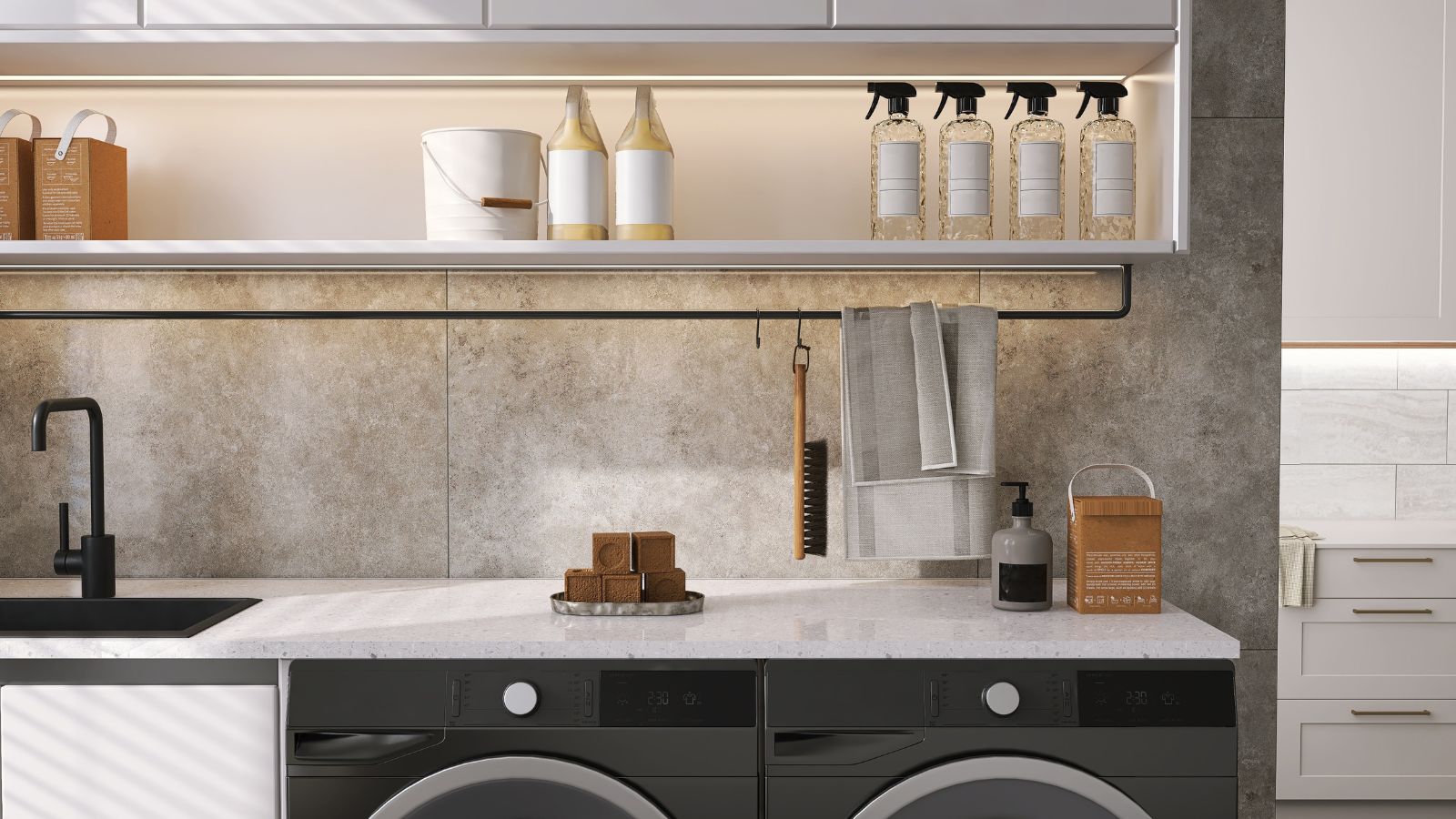 Extend the lifespan of your appliance with 5 simple but crucial washing machine maintenance tips
Extend the lifespan of your appliance with 5 simple but crucial washing machine maintenance tipsFrom cleaning the filters to keeping the door open, experts reveal the washer tips they swear by
By Andy van Terheyden Published
-
 5 vital ways a home battery backup can help with your most urgent needs in a power outage – from heating to flood prevention and calls
5 vital ways a home battery backup can help with your most urgent needs in a power outage – from heating to flood prevention and callsExperts say they're a worthy investment
By Clement Feng Published
-
 I’m an HVAC technician, and this is when I turn on my AC each year – plus 5 checks I always do beforehand
I’m an HVAC technician, and this is when I turn on my AC each year – plus 5 checks I always do beforehandSave yourself an AC hassle by running my checks and turning it on before big heat hits
By Josh Mitchell Published
-
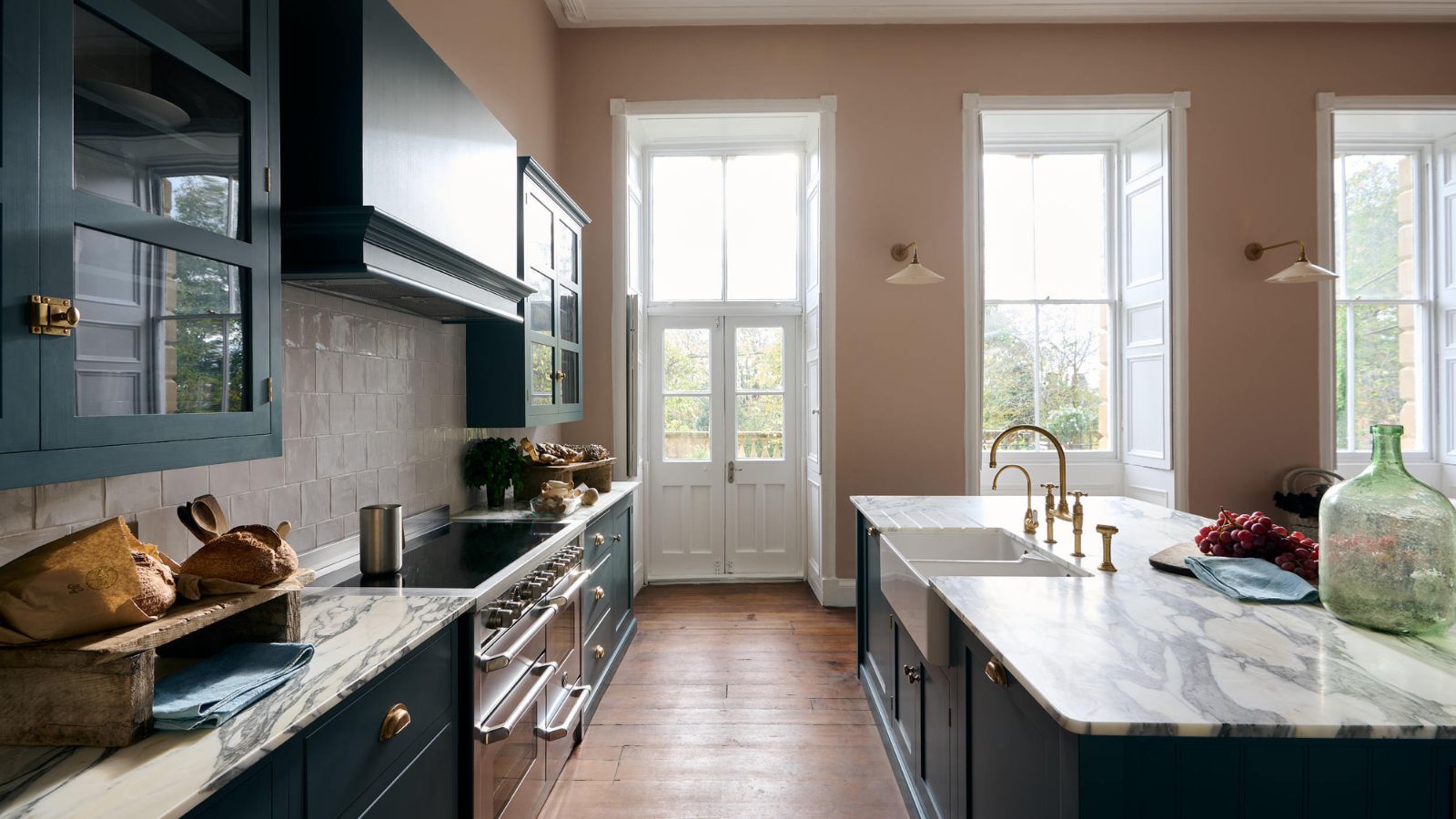 6 things you should never throw in the trash – and what to do for safe disposal instead
6 things you should never throw in the trash – and what to do for safe disposal insteadFrom batteries to space heaters, experts reveal what not to throw
By Andy van Terheyden Published
-
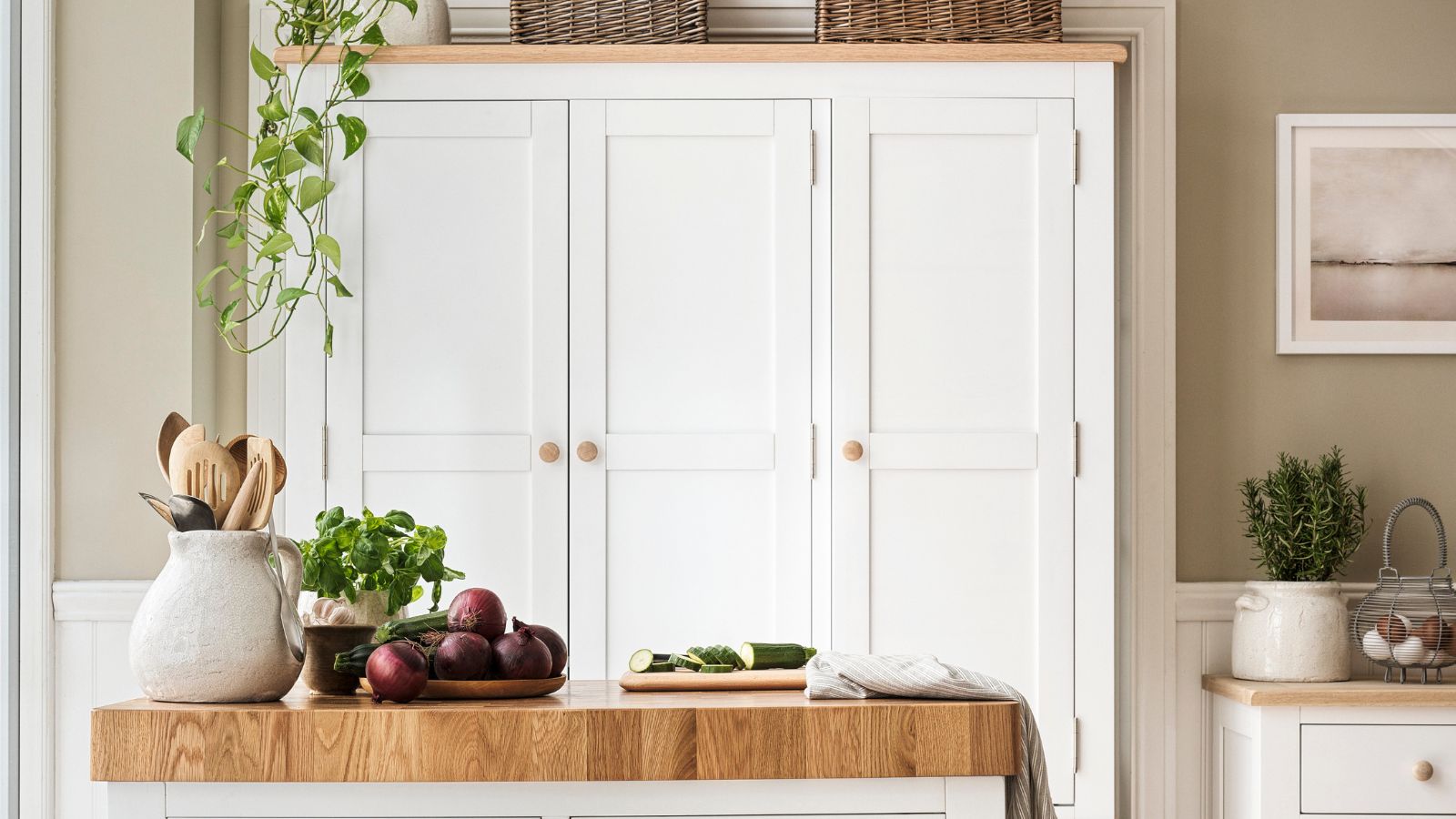 7 spring home maintenance mistakes to never make – overlooking these now can lead to pest problems and structural damage
7 spring home maintenance mistakes to never make – overlooking these now can lead to pest problems and structural damageHome improvement pros share common mistakes and what to do instead
By Eve Smallman Published
-
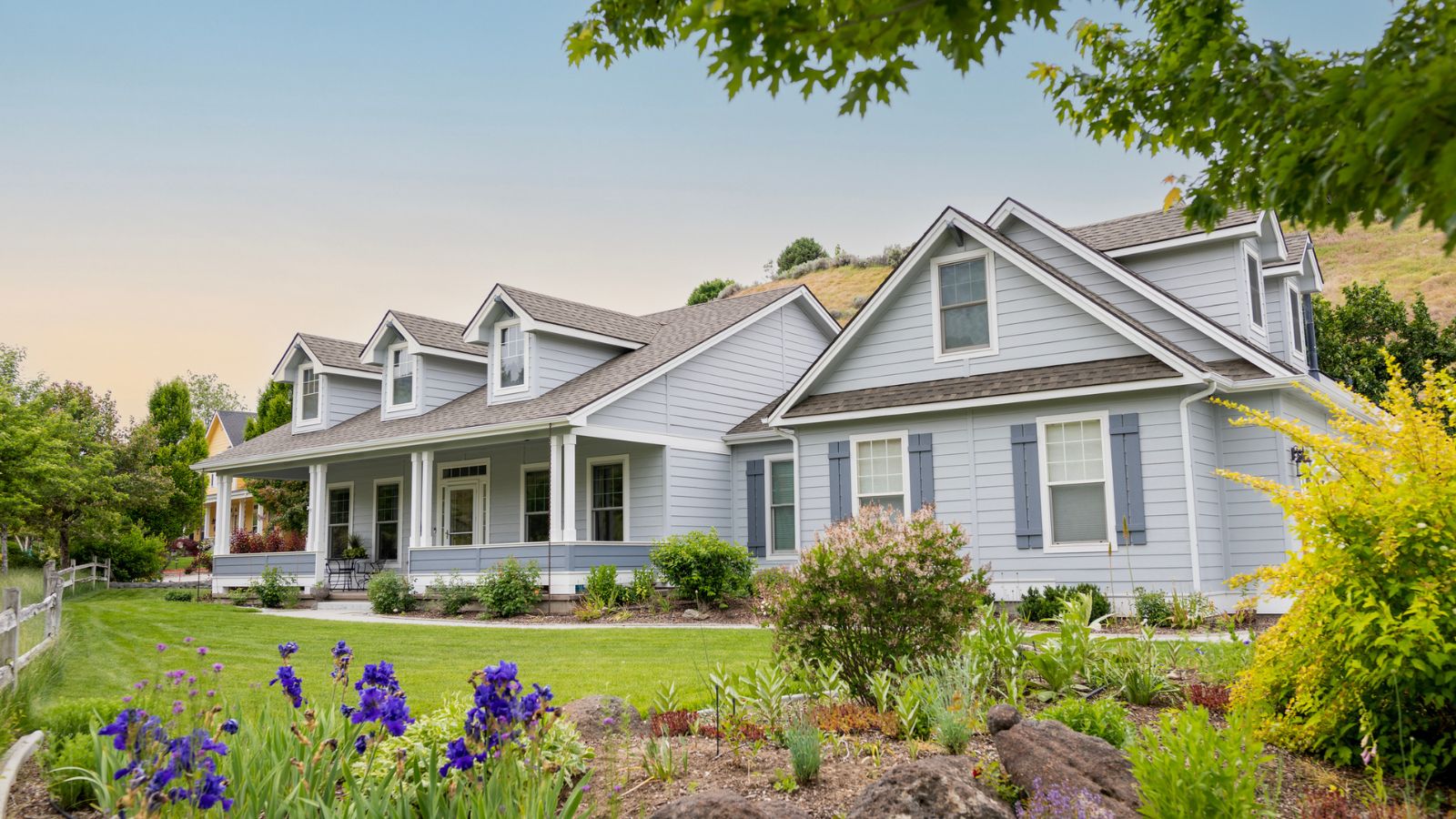 10 common but little-known HOA fines to watch out for – and how to avoid them
10 common but little-known HOA fines to watch out for – and how to avoid themFrom sprinklers to garage doors and external pipes, your HOA contract may leave you open to a fine
By Eve Smallman Published
-
 I’m a homes editor and these are the 4 vital storage items I’m 'adding to cart' this spring – and why you should too
I’m a homes editor and these are the 4 vital storage items I’m 'adding to cart' this spring – and why you should tooI've learned a few hard lessons in recent weeks and these storage solutions will help
By Punteha van Terheyden Published